Say It. See It. Trust It.
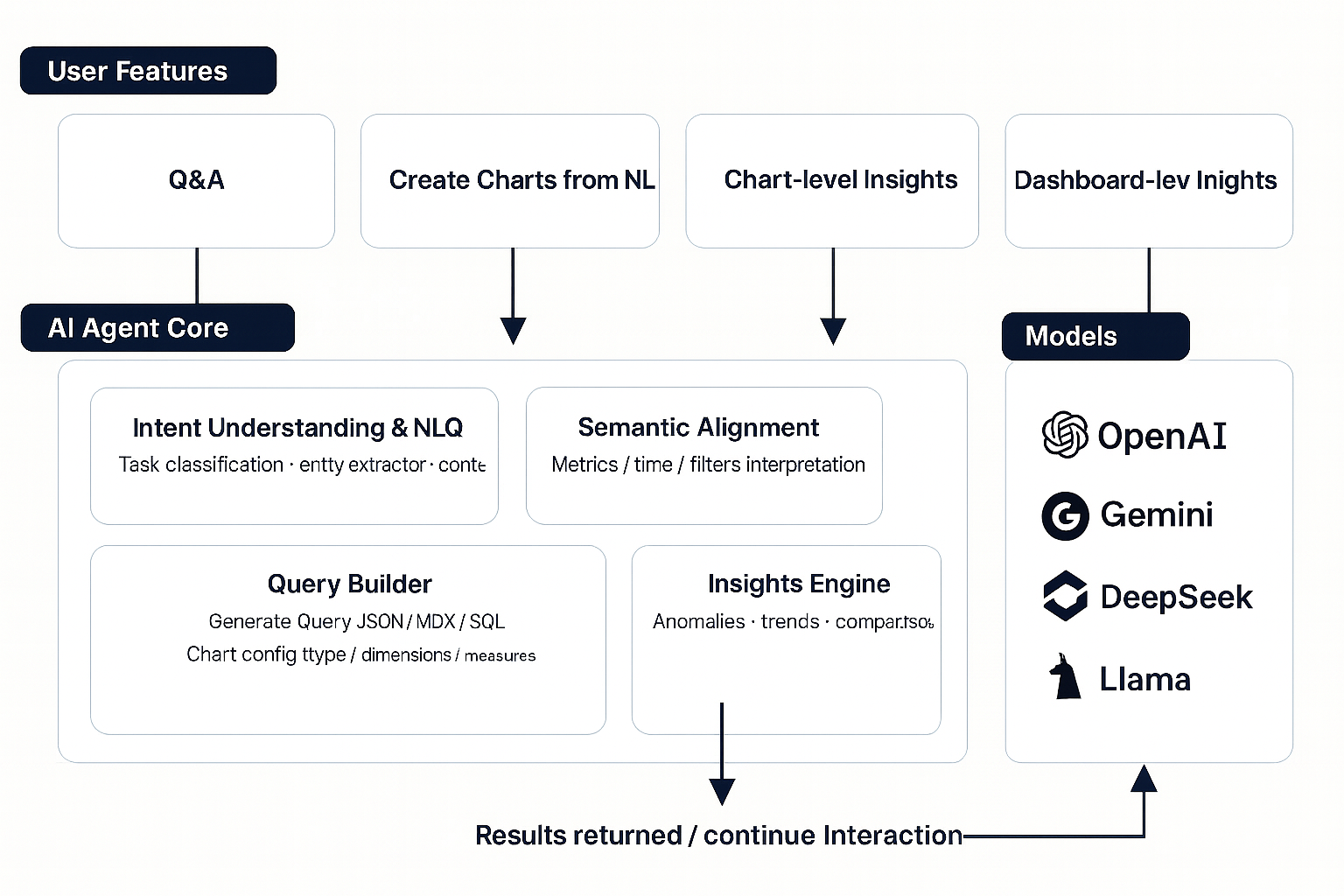
Key Advantages of Datafor AI Agent
Built for governed, large-scale self-service analytics with deep embedding and white-label branding.
Natural Language Access
Ask in everyday language. The agent translates questions into governed queries (Query JSON/SQL/MDX) and recommends best-fit visualizations.
Embedded AI Insights
Deliver answers directly inside business workflows—no context switching. Supports SDK, Web Components, and iFrame integrations.
Security & Governance
All requests inherit Datafor RLS/CLS/ACL policies with default audit trails; sensitive fields can be masked and access-controlled.
Data Minimization Modes
Transmit only semantic-model metadata or aggregated results—raw records never leave your environment; configurable data-egress/cross-domain rules.
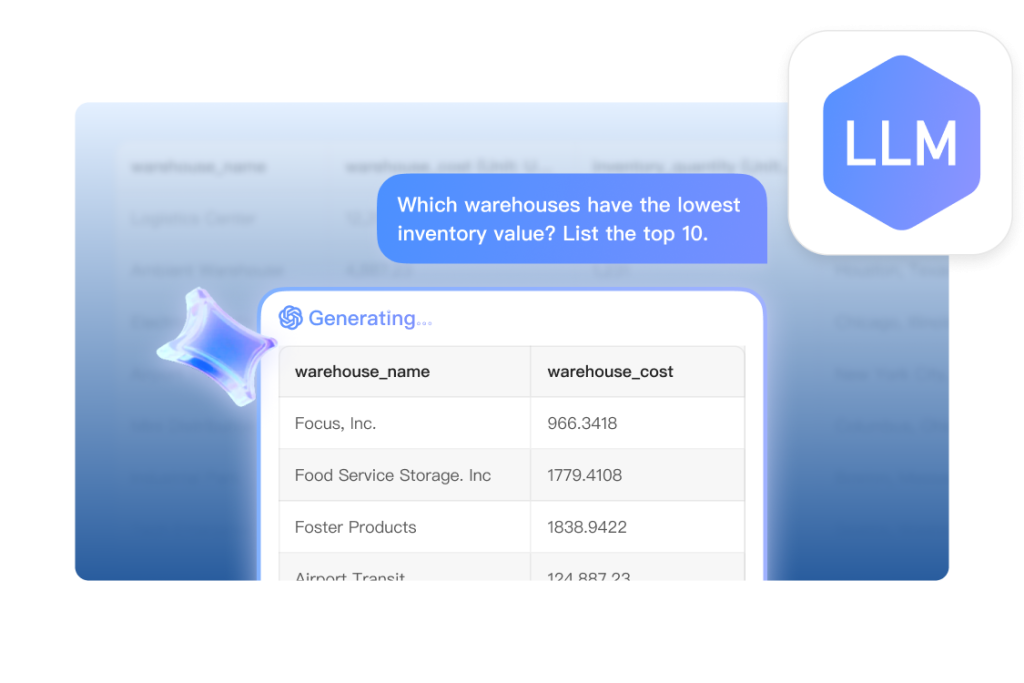
Ask in Natural Language — Get Trusted Answers
🧭 Governed, Consistent Results
Answers align with your enterprise metrics catalog and business glossary, ensuring one definition across teams and dashboards.
🔐 Traceability & Security
Each response links to the underlying query and data source, with RLS/CLS enforcement and masking by default.
The Right Chart, Instantly
🧩 Best-fit Visualization
Automatically recommends the most suitable chart type based on the question and data shape—line, bar, distribution, map and more.
🎛️ Smart Config with Alternatives
Auto-configures dimensions, measures, sorting and aggregations, while offering 2–3 alternative visuals you can switch with one click.
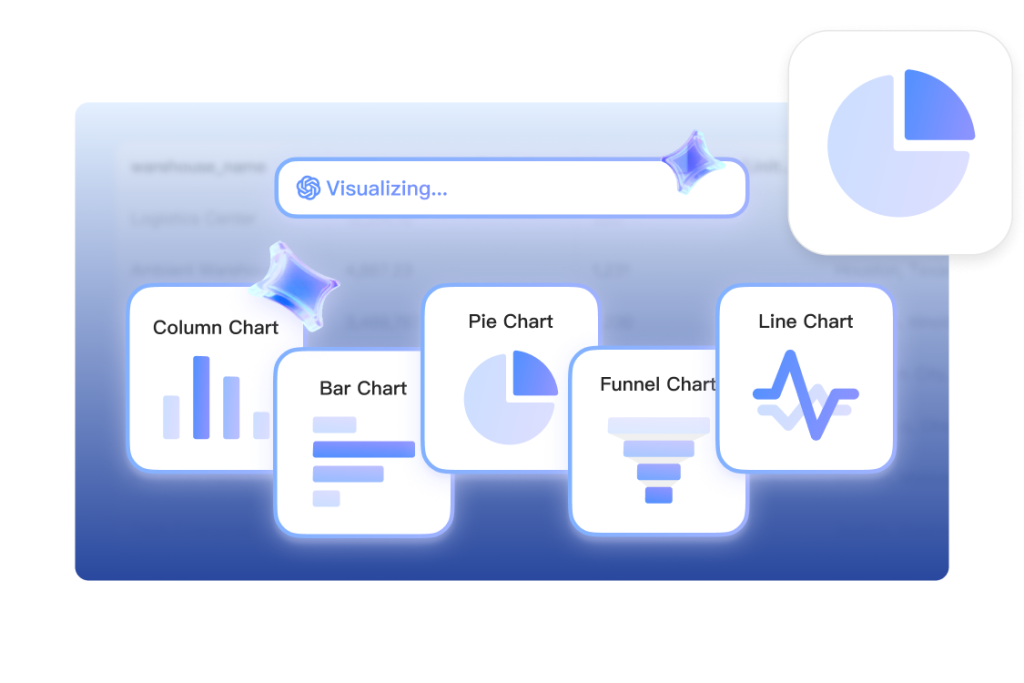
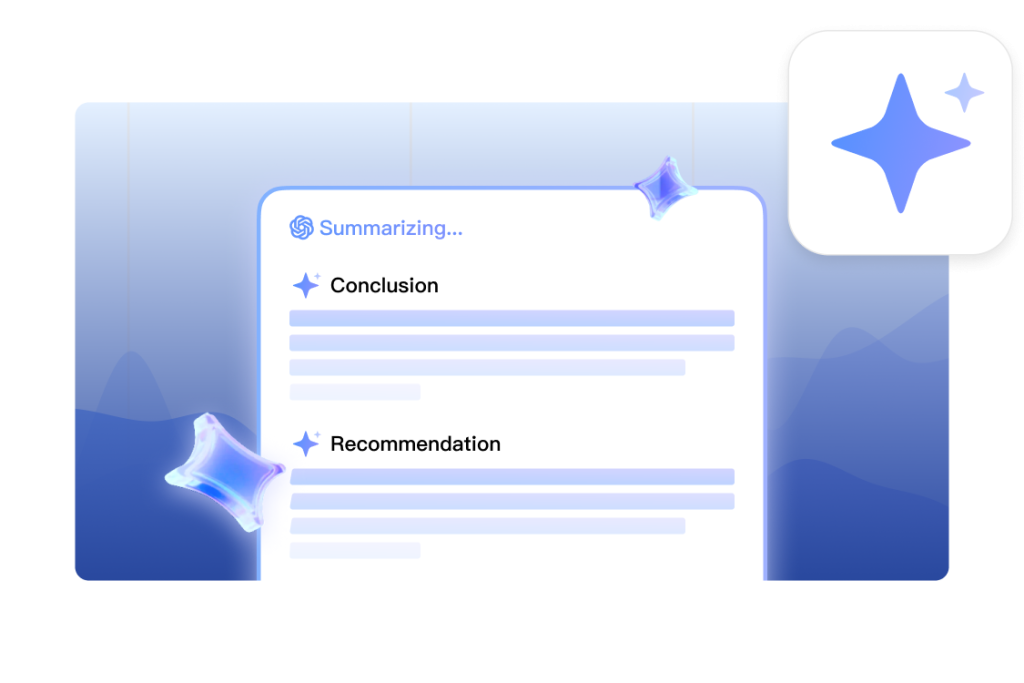
From Numbers to Clear Insights
📈 Trends & Anomalies
Surfaces shifts and outliers at both chart and dashboard levels, highlighting what changed and where to focus.
🧠 Drivers & Actions
Explains the “why” with contribution and root-cause signals, then generates concise narratives and next-step suggestions.
Keep the Conversation Going
🧾 Context Memory
Filters, time ranges and metric definitions persist across turns, so you don’t need to restate details in follow-ups.
🪄 Visual-first Refinement
Reference “that last chart,” zoom into recent weeks, slice by region, or pivot dimensions—all without starting over.
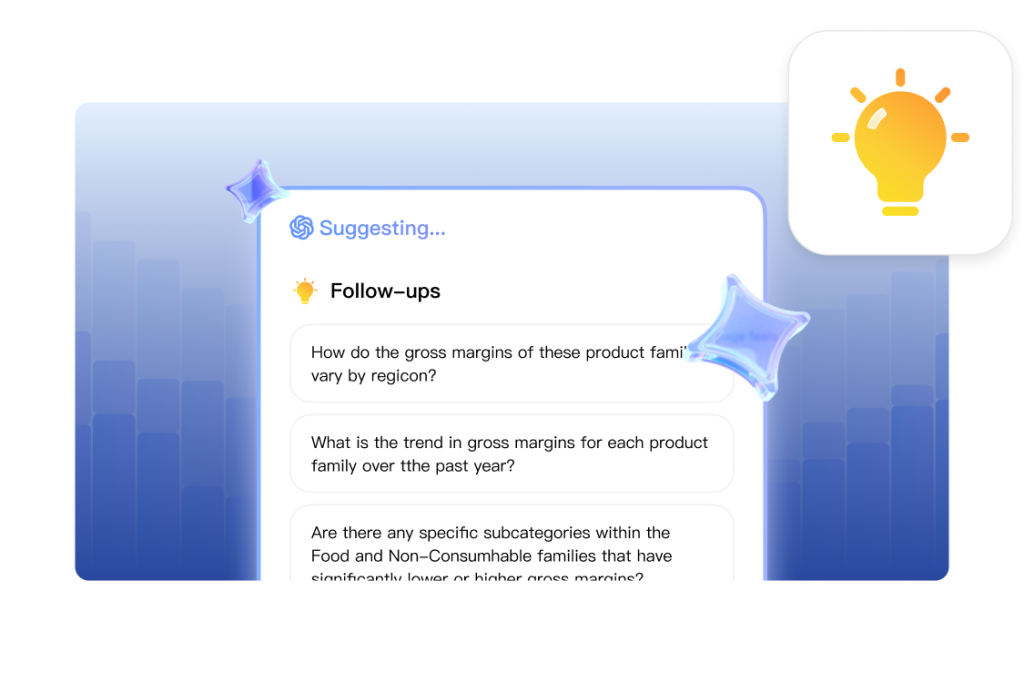
Built for developers
Drop‑in SDKs, JSON configuration, and lifecycle hooks to embed intelligence safely.
Quick config (JSON)
{
"ai": {
"enabled": true,
"mode": "metadata_only", // metadata_only | aggregates_only
"providers": [
{ "name": "azure_openai", "endpoint": "https://...", "apiKey": "env:AZURE_KEY" },
{ "name": "bedrock", "region": "us-east-1", "model": "anthropic.claude-3-haiku" },
{ "name": "openai", "model": "gpt-4o-mini", "apiKey": "env:OPENAI_KEY" },
{ "name": "self_hosted", "url": "http://llm.local:8000/v1" }
],
"rls": true,
"audit": { "logPrompts": true, "retentionDays": 7 }
}
}
Embed in your app
import { AIAgent } from '@datafor/sdk';
<AIAgent
model={schema}
onQuery={(q) => runQuery(q)}
onAddToDashboard={(viz) => addTile(viz)}
security={{ mode: 'metadata_only', rls: true }}
/>

